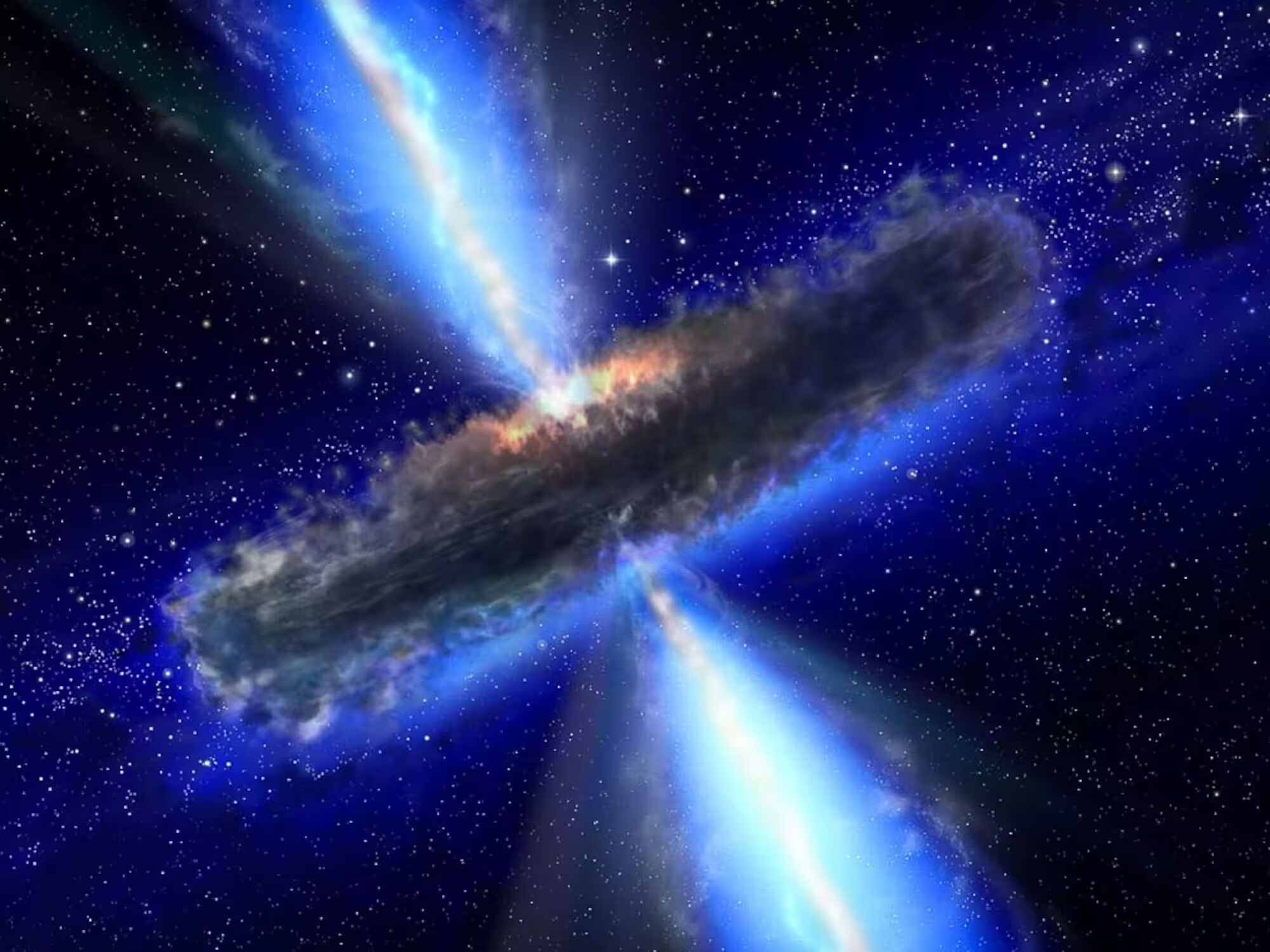
What is the Broad Line Region (BLR) in astronomy? The Broad Line Region (BLR) is a crucial part of active galactic nuclei (AGN). Found near supermassive black holes at the centers of galaxies, the BLR consists of gas clouds moving at high speeds. These clouds emit broad spectral lines, which help astronomers study the properties of black holes and their surroundings. The BLR's rapid motion and intense radiation make it a key area for understanding galaxy evolution and black hole behavior. By examining the BLR, scientists can gain insights into the mass, structure, and dynamics of supermassive black holes.
What is the Broad Line Region?
The Broad Line Region (BLR) is a fascinating part of active galactic nuclei (AGN). This area is crucial for understanding the dynamics and structure of galaxies. Here are some intriguing facts about the BLR that will blow your mind.
- The BLR is located very close to the supermassive black hole at the center of an AGN.
- It consists of clouds of gas that move at incredibly high speeds, sometimes thousands of kilometers per second.
- These gas clouds emit broad emission lines, which are spectral lines that are broadened due to the high velocities of the gas.
- The BLR is typically a few light-days to a few light-weeks across.
- The gas in the BLR is ionized by the intense radiation from the accretion disk around the black hole.
The Role of the BLR in Astronomy
Astronomers study the BLR to gain insights into the properties of supermassive black holes and their surrounding environments. Here are some key points about its role in astronomy.
- The BLR helps astronomers measure the mass of the supermassive black hole.
- By studying the broad emission lines, scientists can determine the velocity of the gas clouds.
- The BLR provides clues about the structure and orientation of the accretion disk.
- Variability in the emission lines can reveal changes in the accretion rate of the black hole.
- The BLR is a key component in the unified model of AGN, which explains different types of AGN as being fundamentally the same but viewed from different angles.
Composition and Dynamics of the BLR
The composition and dynamics of the BLR are complex and fascinating. Here are some facts that highlight these aspects.
- The gas in the BLR is primarily hydrogen, but it also contains other elements like helium, carbon, and oxygen.
- The high velocities of the gas clouds are due to the gravitational pull of the supermassive black hole.
- The BLR is thought to be clumpy, with individual clouds moving independently.
- The temperature of the gas in the BLR can reach tens of thousands of degrees Kelvin.
- The density of the gas in the BLR is much higher than in other regions of the galaxy.
Observing the BLR
Observing the BLR is challenging due to its small size and the bright light from the AGN. However, astronomers have developed techniques to study this region in detail.
- Spectroscopy is the primary method used to study the BLR.
- The broad emission lines are often observed in the ultraviolet and optical parts of the spectrum.
- Reverberation mapping is a technique used to measure the size and structure of the BLR.
- By monitoring the variability of the emission lines, astronomers can infer the distance of the gas clouds from the black hole.
- High-resolution imaging with telescopes like the Hubble Space Telescope has provided detailed views of the BLR.
Theoretical Models of the BLR
Theoretical models help scientists understand the complex processes occurring in the BLR. Here are some interesting points about these models.
- The BLR is often modeled as a collection of clouds in a flattened, disk-like distribution.
- Some models suggest that the BLR clouds are in a wind driven by radiation pressure from the accretion disk.
- Other models propose that the BLR clouds are in a turbulent, magnetized medium.
- The exact mechanism that keeps the BLR clouds from falling into the black hole is still a topic of research.
- Theoretical models are tested by comparing their predictions with observations of the BLR.
Future Research on the BLR
Future research on the BLR promises to reveal even more about this intriguing region. Here are some areas where scientists are focusing their efforts.
- New telescopes and instruments will provide higher resolution and more detailed observations of the BLR.
- Advances in computational modeling will help scientists simulate the complex dynamics of the BLR more accurately.
Final Thoughts on Broad Line Regions
Broad Line Regions (BLRs) in active galactic nuclei are fascinating. These regions, filled with rapidly moving gas, emit broad emission lines that help astronomers understand the dynamics and structure of galaxies. By studying BLRs, scientists can estimate the mass of supermassive black holes and gain insights into the evolution of galaxies.
BLRs are crucial for understanding the universe. They provide clues about the behavior of matter under extreme conditions and the processes that drive galaxy formation and growth. As technology advances, our knowledge of BLRs will continue to expand, revealing even more about the cosmos.
So, next time you gaze at the night sky, remember the hidden wonders of BLRs. They are not just distant phenomena but key pieces in the puzzle of our universe. Keep exploring, stay curious, and let the stars guide your quest for knowledge.
Was this page helpful?
Our commitment to delivering trustworthy and engaging content is at the heart of what we do. Each fact on our site is contributed by real users like you, bringing a wealth of diverse insights and information. To ensure the highest standards of accuracy and reliability, our dedicated editors meticulously review each submission. This process guarantees that the facts we share are not only fascinating but also credible. Trust in our commitment to quality and authenticity as you explore and learn with us.
